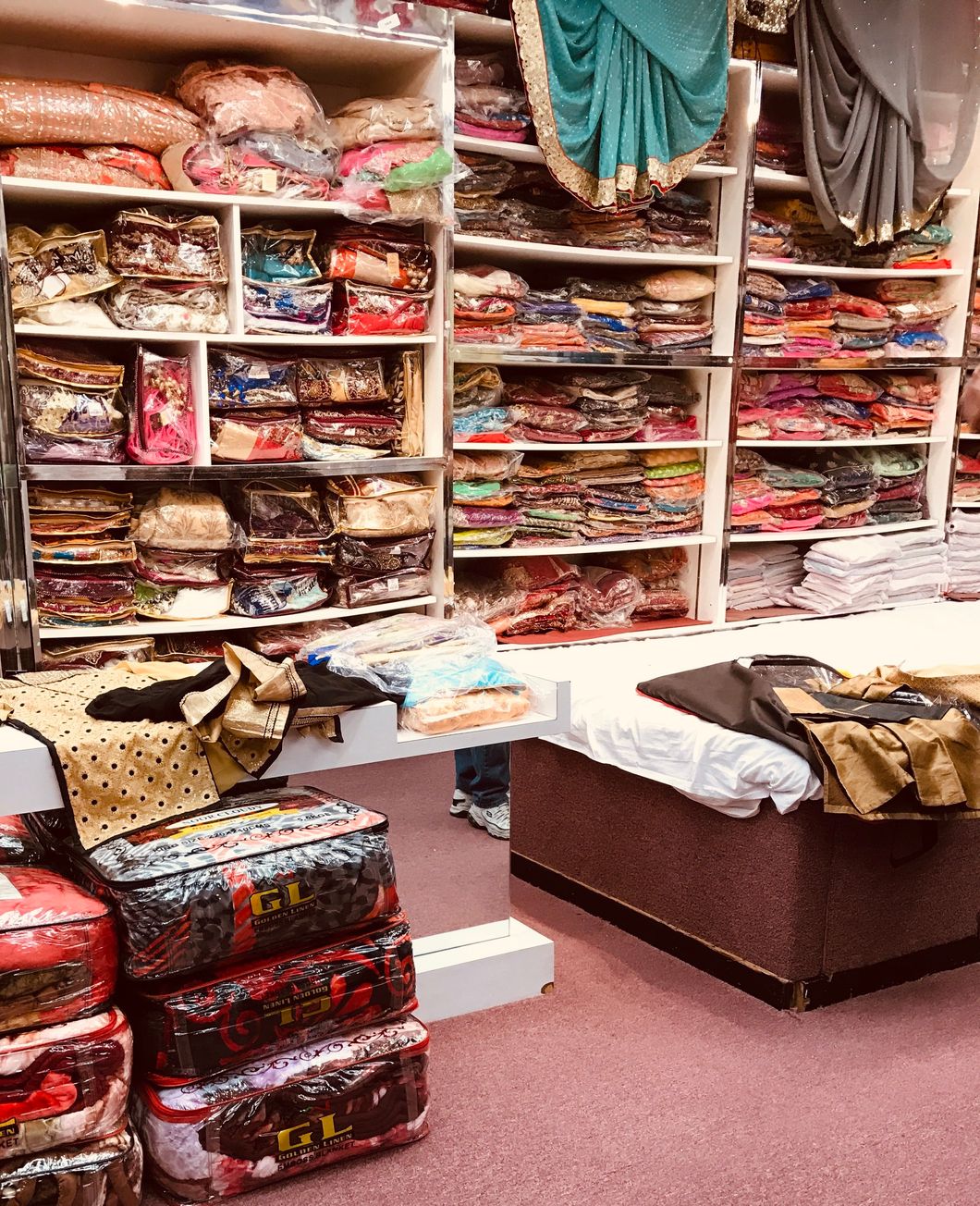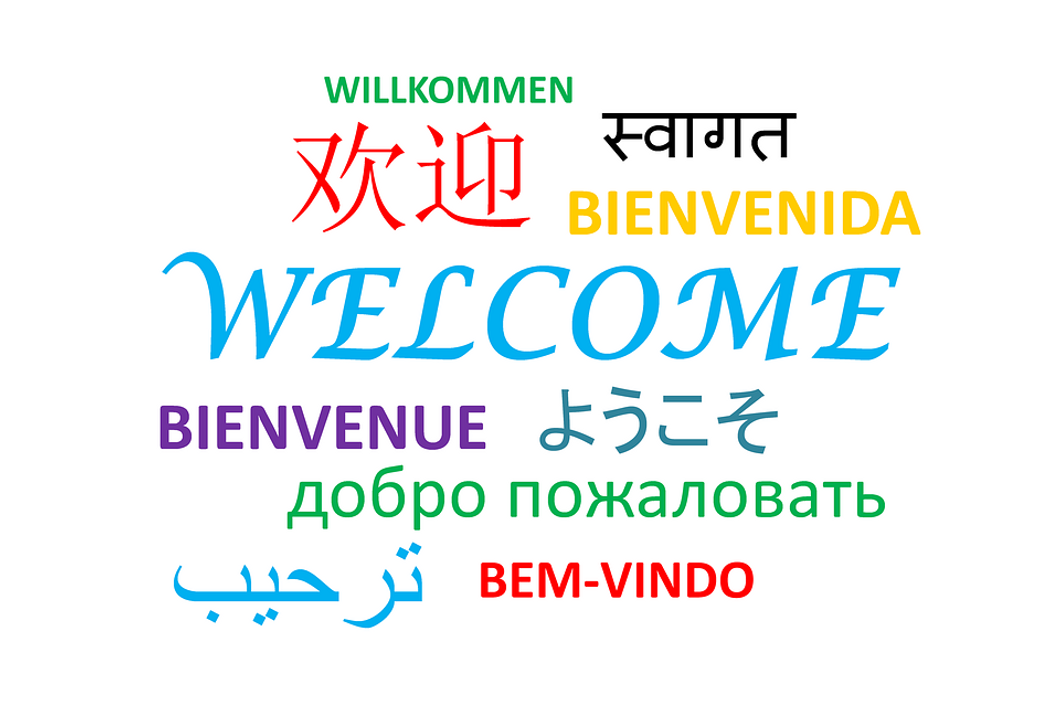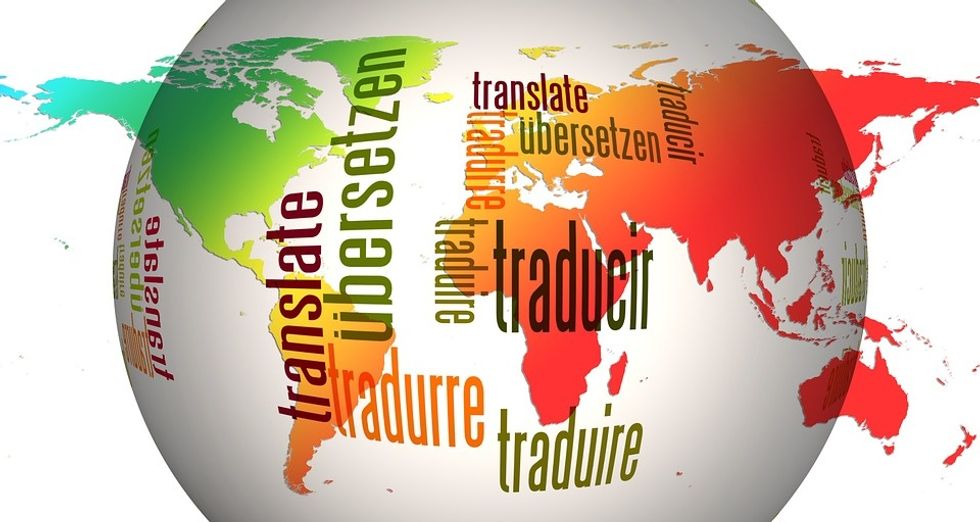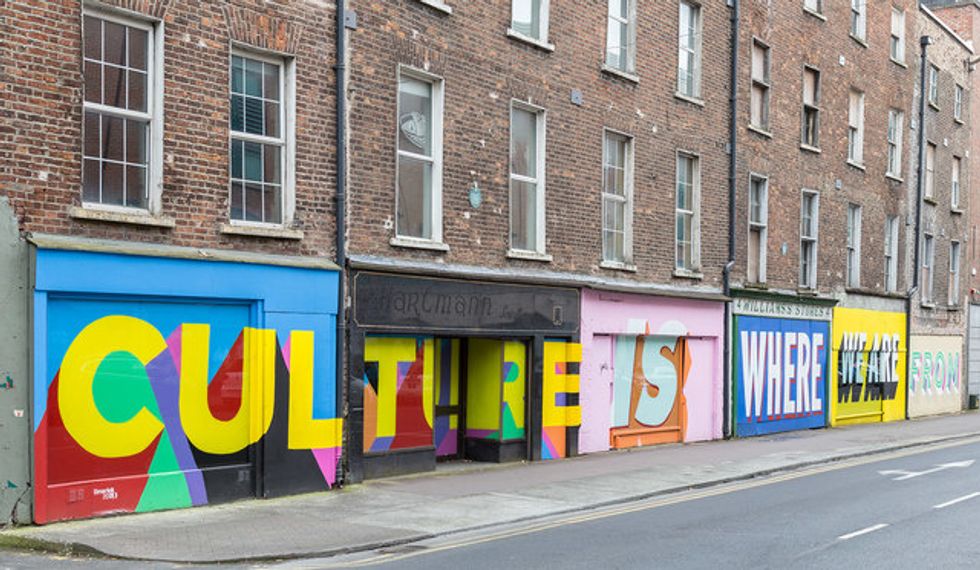For The Displaced Cultural Sectors Under Attack
Pockets of cultural diversity need more than just tourism—they need preservation to remain pivotal regions exemplary of a country of immigrants.
If I was blindfolded, thrown into a car, and brought to a certain street in Chicago, I could tell you just from the smells and sounds that I was at Devon Avenue. The combination of the distinct smell of Indian spices and sound of Indians speaking one of their hundreds of languages is most prominent along Devon (pronounced Day-vawn by the parents). While many come here to buy Indian clothes for cultural events, there is much more afoot than a mere exchange of currency for goods.
For as much as Devon is reminiscent of a bazaar with several restaurants, shops, and salons, it's also a multi-ethnic cultural hub where one finds Jewish, Pakistani, Indian, and several other communities coexisting together along one particular street. Much like any metropolitan area's Chinatown, Devon Avenue gives you a bite-sized experience of a foreign country. The rich cuisine, fine cloth materials, and only slightly unorganized traffic and parking are qualities that, though unsettling for many Americans, make an oftentimes discomforting and unfamiliar nation seem to immigrants just a little more like home.
The cultural nostalgia continues within the shops. One particular shop displays mannequins in their windows, each one adorned with jewel-embellished attire that resembles that of a king. When I visited the shop with the family to get wedding clothes, the men and women managing the store were initially busy attending to other customers, but when we stopped to look at their male attire, two saleswomen came over to woo us into buying the lavish products. They spoke in Hindi, a language I've only heard while visiting India or watching Bollywood films with the family. As they spoke to me, I looked them in the eyes and nod, but I secretly had no clue what they're saying.
It's not just the spoken language that sent me back to the Motherland; the way they spoke and the aggressiveness of their sales pitch was just as noteworthy. My mom mentioned several times how we were just there to look and not interested in buying anything, and each time, the women shut down her hesitancy and assured her that we'd end up back here after looking at every other shop. My parents asked my brother and me what we thought in Gujarati, a specific province's language, but one saleswoman somehow interjected in the same language. As we bargained to whittle their outlandish prices down, she asked us our names and complimented us based on their mythological meaning. Everyone always says they want personalized service, yet it didn't seem possible to have service that was too personal—that is, until now. Despite the invasive sales work, their insistence and speed with which they responded to us is straight out of all the sari shops I saw in India. The slice of welcoming culture made the rude sales bearable.
Well beyond our departure, the shopping experience remained on my mind as a heartwarming account of encountering a depth culture in the most unlikely of places. Visiting cultural pockets like Devon within a larger metropolitan area is a mini excursion into that is foreign to some, but welcoming to everyone who comes while respecting the residents and their culture.
Many of these cultural pockets are unfortunately facing grave issues that challenge their cultural significance. Miles south from Devon is Pilsen, a heavily Latino neighborhood in Chicago with a rich cultural background that is facing unprecedented gentrification. A University of Illinois-Chicago professor concluded that from 2000 to 2016, new housing projects and spikes in property expenses contributed to over 10,000 Latino residents moving out of the region as more wealthy white residents filled in. Local restaurants are declining as more chain businesses are taking over. Signs warn residents to know their rights should they face threats from ICE agents or raids. Beautiful wall graffiti acts as a mirror image of anti-gentrification messages made in response to the process of cultural disintegration.
The threat of gentrification is sadly not unique to Pilsen, as many of these sectors face an incoming crisis of culture. As a nation, these pockets of minority populations and cultures are not just to be respected but appreciated for bringing elements of their culture to a completely different country and enhancing its diversity. If everyone truly loves going to their Chinatown or Kris Kringle Markets, then we have to work to preserve regions like these, lest they be made more sparse than they already are.



























